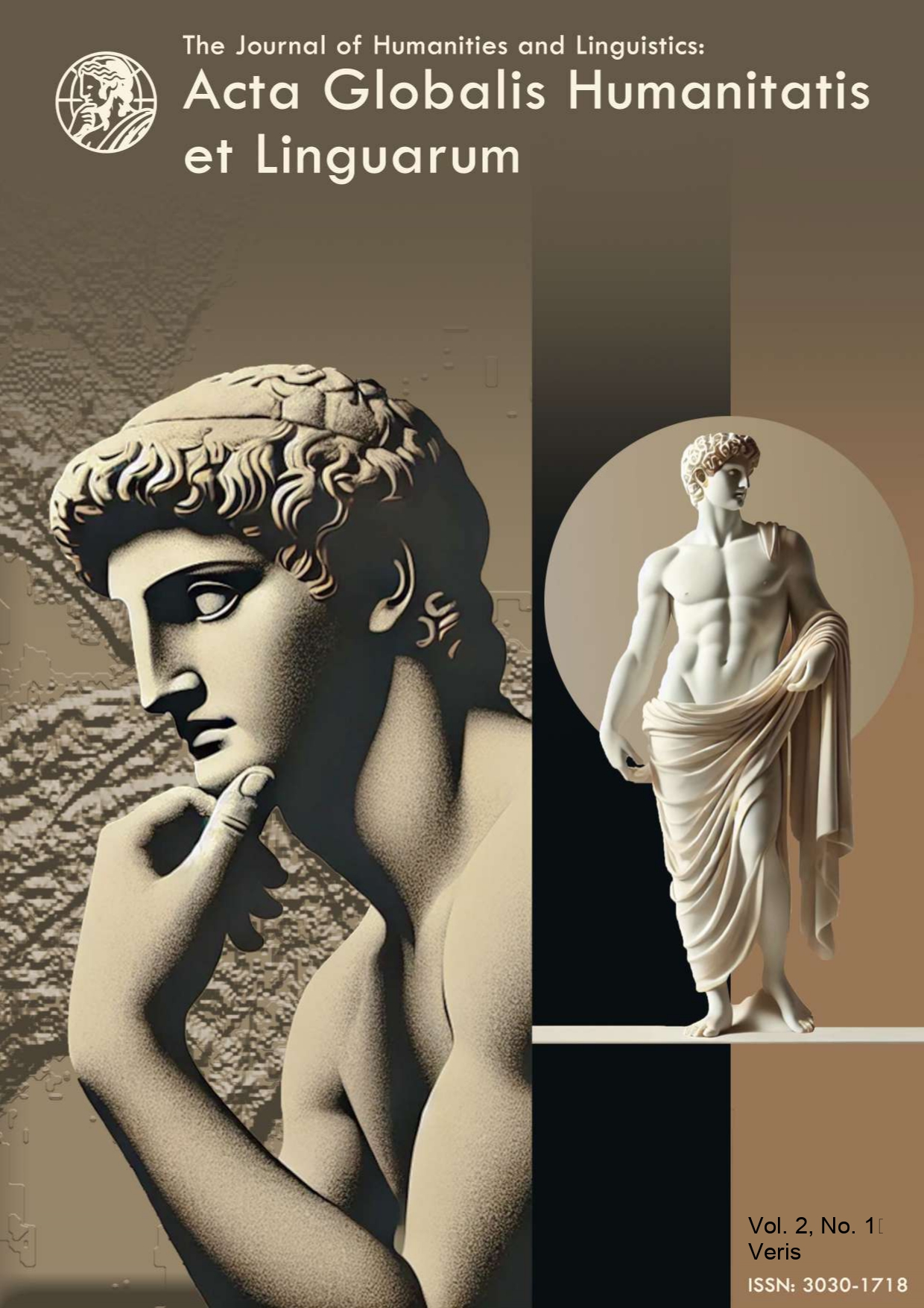Navigating the Conceptual Landscape of Communication: Principles and Processes
DOI:
https://doi.org/10.69760/aghel.02500119Ключевые слова:
Communication, Conceptual Phenomenon, Nonverbal Cues, Cultural Influence, Technological DynamicsАннотация
This study explores communication as a conceptual phenomenon, examining the layers that extend beyond the mere exchange of words. By reviewing a range of theoretical frameworks and empirical studies, the research highlights how cultural, social, psychological, and technological factors shape our interactions. The study employs a literature analysis combined with a comparative approach to reveal the evolution of communication practices and to identify recurring themes across different models.
The analysis shows that cultural influences deeply affect how messages are conveyed and interpreted. In high-context cultures, for example, much of the meaning is derived from nonverbal cues and shared social history, while low-context cultures rely on clear and explicit communication. Socially, communication serves as the backbone of relationship-building and identity formation, playing a critical role in maintaining the structure of various communities and organizations.
Psychological aspects are also pivotal, with individual perceptions, emotional states, and cognitive processes all influencing the interpretation of messages. This underscores the idea that effective communication is not only about clear delivery but also about understanding the recipient’s mental framework. Additionally, the study examines nonverbal cues—such as body language, facial expressions, and environmental context—and their significant role in enhancing or, at times, contradicting verbal messages.
Emerging technological trends are reshaping the dynamics of communication by introducing new channels and tools that extend our reach while also presenting fresh challenges, such as privacy concerns and the risk of misinterpretation. Overall, the findings present communication as a dynamic and evolving process that is integral to human interaction, suggesting that a deeper understanding of its many dimensions is essential for fostering effective and empathetic exchanges in today’s diverse and technologically advanced society.
Библиографические ссылки
Arto, M. (2021). A multidimensional model of interaction as a framework for a phenomenon-driven approach to communication. Russian Journal of Linguistics, 25(2), 369-390.
Hajiyeva, B. (2024). Exploring the Infinite Regress of Defining Words: A Critical Analysis of Semantic Methodologies. Global Spectrum of Research and Humanities , 1(1), 121-126. https://doi.org/10.69760/gsrh.01012024011
Cojocariu, G. (2014). The phenomenon of media communication. Contemporary Readings in Law and Social Justice, 6(1), 662-673.
Kadirjanovna, R. O. (2021). Pragmalinguistic concepts of the phenomenon of speech behavior and speech discourse. International Journal of Multicultural and Multireligious Understanding, 8(5), 495-500.
Kolesnichenko, S. (2023). Communications Revolution: from Civilizational Phenomenon to Science Communication Perspectives. Studia Warmińskie, 60(60), 71-82.
Kornieiev, V., Bilan, N., & Sashchuk, T. (2024). The Phenomenon of Designing Communication Environments in Methodological Projection. State and Regions. Series: Social Communications, (3 (59)), 3-12.
Mandelbaum, J. (2012). Communication phenomena as solutions to interactional problems. In Communication Yearbook 13 (pp. 255-267). Routledge.
Nowak, G. J., & Phelps, J. (1994). Conceptualizing the integrated marketing communications' phenomenon: An examination of its impact on advertising practices and its implications for advertising research. Journal of Current Issues & Research in Advertising, 16(1), 49-66. https://doi.org/10.1080/10641734.1994.10505012
Belkin, N. J., & Robertson, S. E. (1976). Information science and the phenomenon of information. Journal of the American society for information science, 27(4), 197-204.
Michael Hameleers, Disinformation as a context-bound phenomenon: toward a conceptual clarification integrating actors, intentions and techniques of creation and dissemination, Communication Theory, Volume 33, Issue 1, February 2023, Pages 1–10, https://doi.org/10.1093/ct/qtac021
Teremetskyi, V., Tataryn, I., Kovalenko, V., Yakovenko, M., Udovenko, Z., & Salmanov, O. (2021). Phenomenon of interference with private communication as the category of theory and practice of criminal proceedings. J. Legal Ethical & Regul. Isses, 24, 1.
Евстафьев, Д. Г. (2021). Socio-communication hybridity as the phenomenon of the contemporary information society. Коммуникации. Медиа. Дизайн, 6(1), 22-38.
Yates, J., & Orlikowski, W. J. (1992). Genres of organizational communication: A structurational approach to studying communication and media. Academy of management review, 17(2), 299-326. https://doi.org/10.5465/amr.1992.4279545
Загрузки
Опубликован
Выпуск
Раздел
Лицензия
Copyright (c) 2025 Acta Globalis Humanitatis et Linguarum

Это произведение доступно по лицензии Creative Commons «Attribution-NonCommercial» («Атрибуция — Некоммерческое использование») 4.0 Всемирная.







